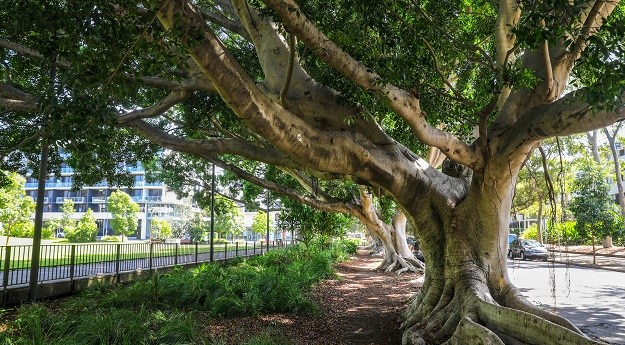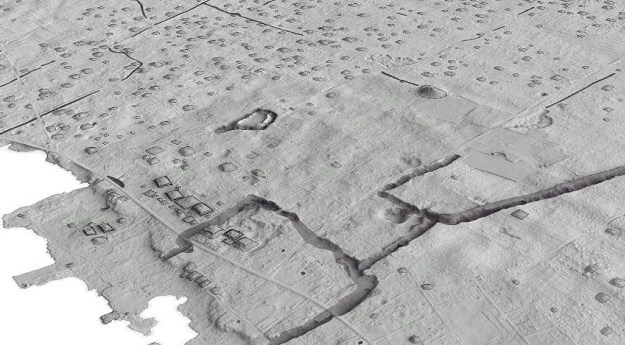
Coastal erosion at Main Beach surf lifesaving tower, Gold Coast, Queensland. Credit: Flickr user Citt, CC BY 2.0.
An international team of scientists, including 10 researchers from The University of Western Australia has discovered the benefits of using ‘space and time scales’ in coastal modelling, in a finding they believe will help authorities to better understand and predict the future of coastal erosion in Australia and beyond.
The paper, ‘Challenges in transferring knowledge between scales in coastal sediment dynamics’ was published in Frontiers in Marine Science and considered space and time scales to assess the impact of forces on the coastline from different weather events over time (time scale), as well as across a variety of locations (space scale).
The commonly used method of coastal sediment transport modelling uses linear models that do not reflect the often inconsistent nature of erosion. However, determining how best to combine the different space and time scales is complex, considering the effects of human developments, and the effect of global sea level rise.
The team identified that it was challenging to analyse information relating to coastal changes based on current methods. The study recommended that by using space and time scales, the impact to coastlines in the future could be better understood and predicted for unique cases and outlying environmental processes.
UWA Professor of Coastal Oceanography Charitha Pattiaratchi, a co-author of the paper, said even small weather events such as a storm on a beach could have a significant impact on the coastline.
“For example, in our study we measured the impact of just one storm that occurred in Yanchep in 2011,” Professor Pattiaratchi said.
“The impact to the coastline from just this one event was significant – it eroded significant metres of shoreline, including five metres vertically from the dune system. The impact of such events is influenced by recovery time scales which vary depending on location.
“If we had space and time scales that were able to look at hundreds of these events and coastline impacts over time, we would be able to map out potential areas of coastline impact into the future and this could give us insight into how the coastline maybe affected in years to come.”
Dr Shari Gallop, the lead author of the paper from Macquarie University noted that often measurements of coastal sediment transport processes were restricted to a few locations on a section of coast, and may be infrequent in time and subject to time-spans as small as only a few days.
“Sometimes, we may only have measurements during certain conditions such as a storm, or calm conditions, but coastal management needs to consider longer-term changes as a result of all conditions,” she said.
The research has been published in Frontiers in Marine Science — Coastal Ocean Processes.













